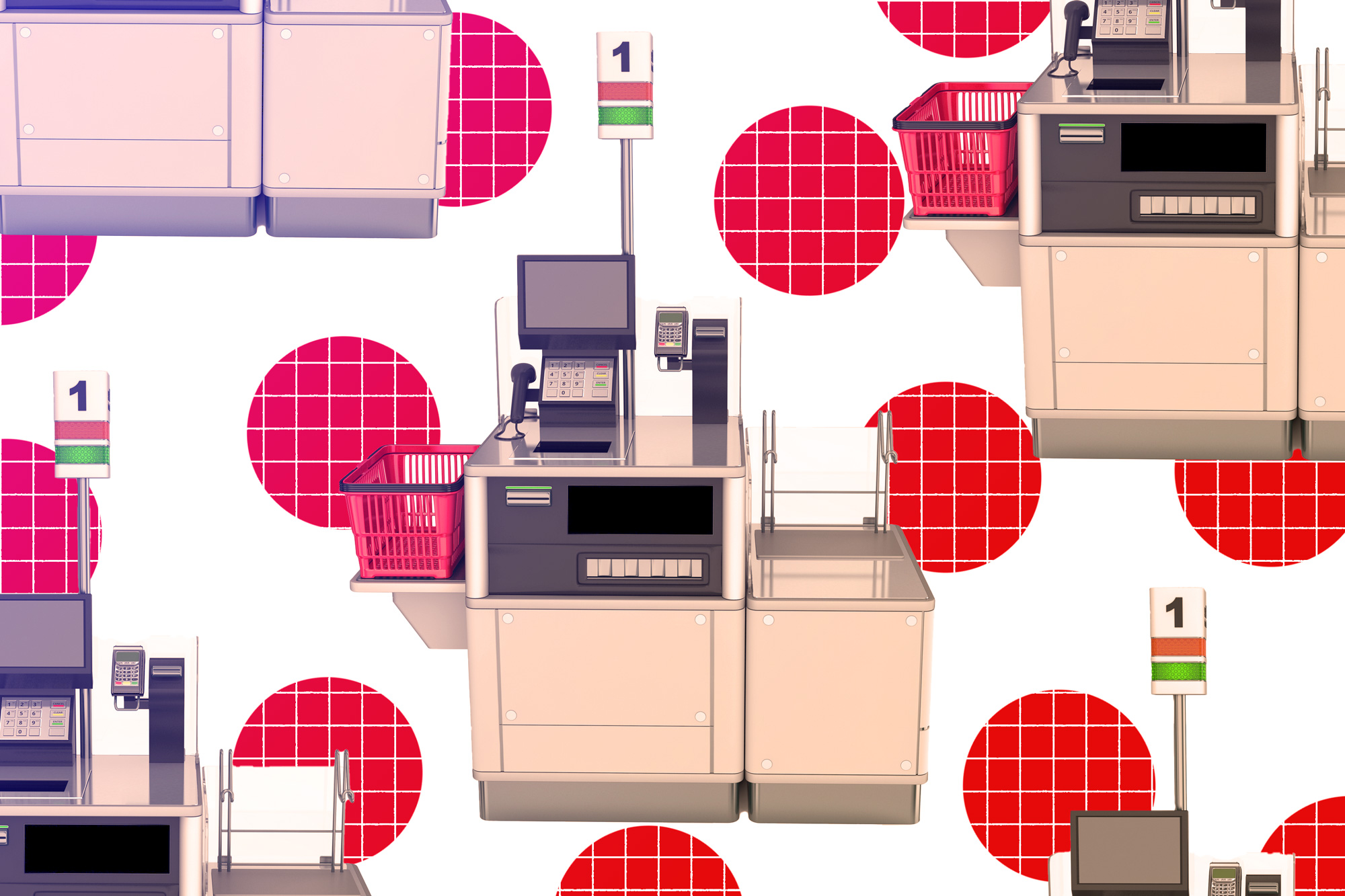Study: Automation drives income inequality | MIT News

When you use self-checkout equipment in supermarkets and drugstores, you are almost certainly not — with all because of regard — accomplishing a far better job of bagging your buys than checkout clerks at the time did. Automation just can make bagging considerably less costly for big retail chains.
“If you introduce self-checkout kiosks, it is not likely to modify productiveness all that substantially,” suggests MIT economist Daron Acemoglu. Even so, in conditions of shed wages for employees, he adds, “It’s going to have reasonably huge distributional outcomes, primarily for lower-talent assistance personnel. It is a labor-shifting device, fairly than a productivity-expanding product.”
A recently posted examine co-authored by Acemoglu quantifies the extent to which automation has contributed to profits inequality in the U.S., basically by changing employees with technologies — whether self-checkout devices, phone-center methods, assembly-line technological innovation, or other products. About the past 4 a long time, the cash flow hole concerning extra- and much less-educated employees has grown significantly the research finds that automation accounts for additional than half of that boost.
“This solitary just one variable … describes 50 to 70 {b7c9e2c88beb1a84f22d94ab877a147f4adc4b3519717f3f957a0f34e16918d1} of the variations or variation amongst team inequality from 1980 to about 2016,” Acemoglu suggests.
The paper, “Tasks, Automation, and the Increase in U.S. Wage Inequality,” is remaining published in Econometrica. The authors are Acemoglu, who is an Institute Professor at MIT, and Pascual Restrepo PhD ’16, an assistant professor of economics at Boston University.
So substantially “so-so automation”
Given that 1980 in the U.S., inflation-adjusted incomes of individuals with college and postgraduate levels have risen substantially, when inflation-modified earnings of males without large faculty degrees has dropped by 15 p.c.
How significantly of this adjust is because of to automation? Developing revenue inequality could also stem from, among the other points, the declining prevalence of labor unions, industry concentration begetting a lack of competitors for labor, or other forms of technological adjust.
To conduct the study, Acemoglu and Restrepo utilized U.S. Bureau of Financial Analysis statistics on the extent to which human labor was utilised in 49 industries from 1987 to 2016, as well as facts on equipment and software package adopted in that time. The scholars also applied knowledge they had formerly compiled about the adoption of robots in the U.S. from 1993 to 2014. In past research, Acemoglu and Restrepo have found that robots have by on their own replaced a sizeable variety of staff in the U.S., helped some companies dominate their industries, and contributed to inequality.
At the exact same time, the scholars employed U.S. Census Bureau metrics, including its American Group Survey knowledge, to keep track of employee outcomes in the course of this time for around 500 demographic subgroups, broken out by gender, education and learning, age, race and ethnicity, and immigration position, while on the lookout at work, inflation-modified hourly wages, and additional, from 1980 to 2016. By inspecting the back links between changes in organization methods along with alterations in labor marketplace results, the research can estimate what impression automation has had on personnel.
Finally, Acemoglu and Restrepo conclude that the consequences have been profound. Because 1980, for occasion, they estimate that automation has decreased the wages of adult men without having a substantial school diploma by 8.8 {b7c9e2c88beb1a84f22d94ab877a147f4adc4b3519717f3f957a0f34e16918d1} and females devoid of a large university degree by 2.3 p.c, modified for inflation.
A central conceptual point, Acemoglu says, is that automation must be regarded otherwise from other varieties of innovation, with its individual unique results in workplaces, and not just lumped in as element of a broader pattern towards the implementation of technological innovation in day to day existence typically.
Look at once again those self-checkout kiosks. Acemoglu phone calls these forms of equipment “so-so engineering,” or “so-so automation,” for the reason that of the tradeoffs they include: These improvements are great for the corporate bottom line, lousy for assistance-marketplace employees, and not vastly important in terms of overall efficiency gains, the serious marker of an innovation that may perhaps enhance our overall high quality of existence.
“Technological alter that generates or increases sector efficiency, or productivity of a single type of labor, creates [those] significant productiveness gains but does not have substantial distributional consequences,” Acemoglu suggests. “In contrast, automation produces really significant distributional outcomes and may perhaps not have massive productivity effects.”
A new viewpoint on the huge picture
The outcomes occupy a distinctive spot in the literature on automation and employment. Some well known accounts of technological know-how have forecast a near-full wipeout of positions in the long run. Alternately, a lot of scholars have made a additional nuanced picture, in which engineering disproportionately gains remarkably educated staff but also produces significant complementarities among significant-tech resources and labor.
The recent research differs at least by diploma with this latter photograph, presenting a extra stark outlook in which automation decreases earnings energy for staff and probably reduces the extent to which plan remedies — a lot more bargaining power for staff, significantly less market concentration — could mitigate the harmful consequences of automation on wages.
“These are controversial findings in the perception that they indicate a a lot more substantial outcome for automation than any one else has imagined, and they also indicate less explanatory ability for other [factors],” Acemoglu suggests.
However, he adds, in the energy to determine motorists of revenue inequality, the analyze “does not obviate other nontechnological theories entirely. Furthermore, the pace of automation is frequently affected by a variety of institutional factors, such as labor’s bargaining energy.”
Labor economists say the analyze is an vital addition to the literature on automation, function, and inequality, and need to be reckoned with in potential discussions of these difficulties.
“Acemoglu and Restrepo’s paper proposes an exquisite new theoretical framework for comprehension the possibly sophisticated effects of technological change on the combination framework of wages,” suggests Patrick Kline, a professor of economics at the University of California, Berkeley. “Their empirical obtaining that automation has been the dominant element driving U.S. wage dispersion considering the fact that 1980 is intriguing and appears specific to reignite debate in excess of the relative roles of complex improve and labor market place establishments in generating wage inequality.”
For their section, in the paper Acemoglu and Restrepo determine several instructions for upcoming investigate. That involves investigating the response above time by both of those business enterprise and labor to the boost in automation the quantitative outcomes of systems that do produce work and the industry competition in between companies that swiftly adopted automation and these that did not.
The investigate was supported in component by Google, the Hewlett Foundation, Microsoft, the National Science Foundation, Schmidt Sciences, the Sloan Foundation, and the Smith Richardson Basis.






